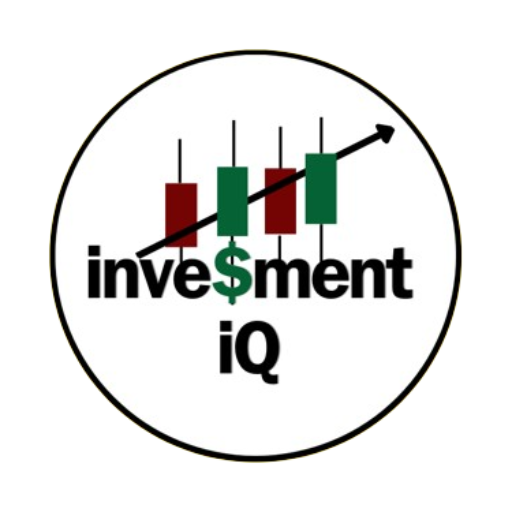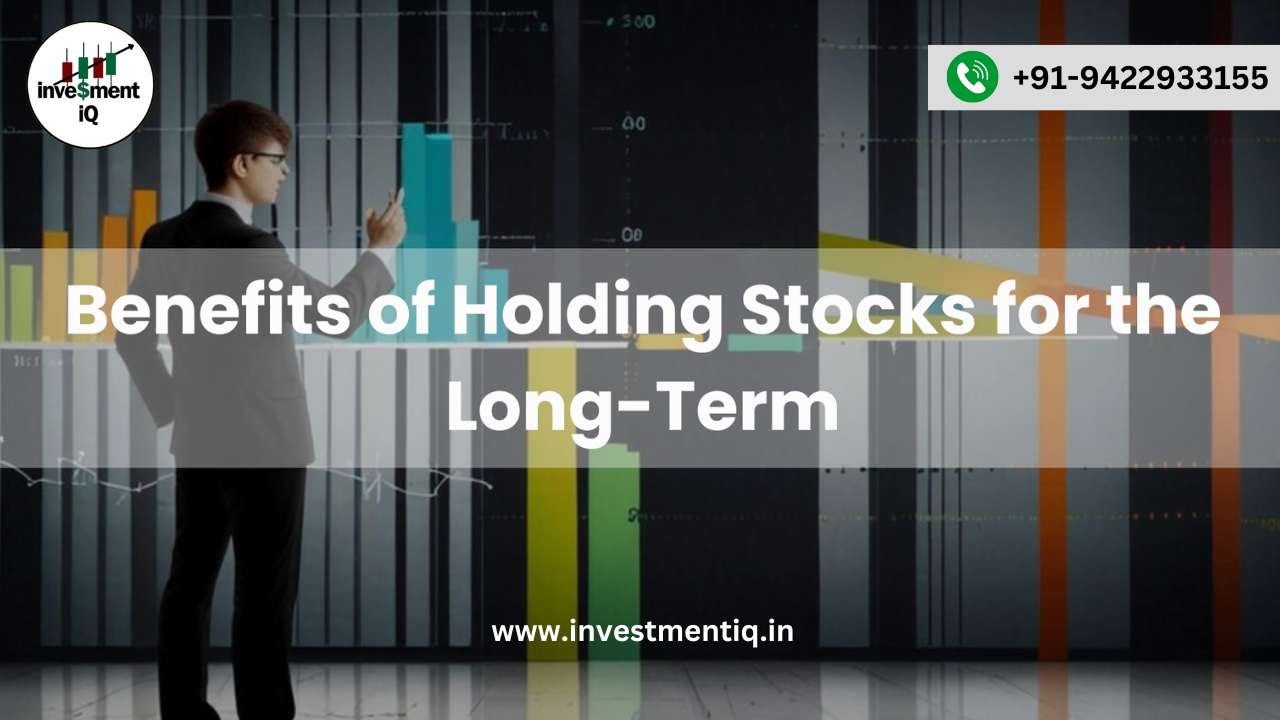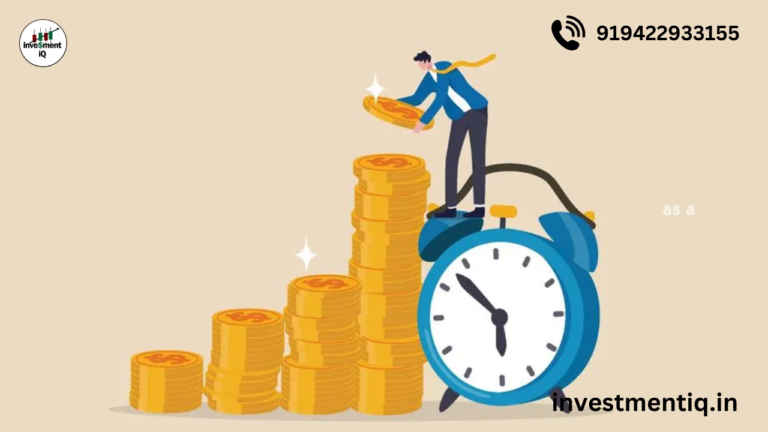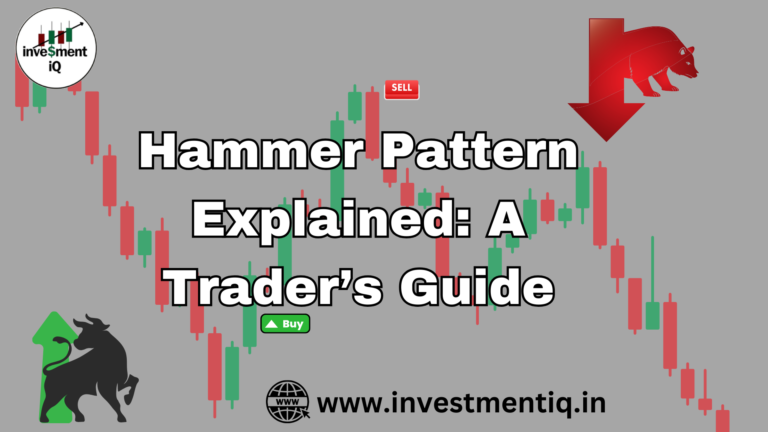Benefits of Holding Stocks for the Long Term
:max_bytes(150000):strip_icc():format(webp)/FinanceYourFuture-Benefitsofholdingstocksforthelongterm-v12-a77eed8e1f5744cdaf6da1a211f68956.png)
0 seconds of 30 secondsVolume 0%
The 10 Greatest EntrepreneursClose
A long-term investment strategy entails holding investments for more than 12 months. This strategy includes holding assets like bonds, stocks, exchange-traded funds (ETFs), mutual funds, and more. It requires discipline and patience to take a long-term approach. That’s because investors must be able to take on a certain amount of risk while they wait for higher rewards down the road.
Investing in stocks and holding them is one of the best ways to grow wealth over the long term. For example, the S&P 500 experienced annual losses in only 13 years between 1974 and 2023, demonstrating that the stock market generates returns much more often than it doesn’t.1
Key Takeaways
- Long-term stock investments tend to outperform short-term trades when timing the market.
- Emotional trading tends to hamper investor returns.
- The S&P 500 posted positive returns for investors over most 20-year periods.
- Riding out temporary market downswings is often considered a sign of a good investor.
- Long-term investing cuts costs and allows you to compound earnings from dividends.
Better Long-Term Returns
The term asset class refers to a specific category of investments. They share the same characteristics and qualities, such as fixed-income assets (bonds) or equities, which are commonly called stocks. The asset class that’s best for you depends on several factors, including your age, risk profile and tolerance, investment goals, and the amount of capital you have. But which asset classes are best for long-term investors?
If we look at several decades of asset class returns, we find that stocks have generally outperformed almost all other asset classes. The S&P 500 returned a geometric average of 9.80% per year between 1928 and 2023. This compares favorably to the 3.30% return for three-month Treasury bills (T-bills), the 4.86% return of 10-year Treasury notes, and the 6.55% return for gold, to name a few.2
Emerging markets have some of the highest return potentials in the equity markets, but also carry the highest degree of risk. This class historically earned high average annual returns but short-term fluctuations have impacted their performance. For instance, the 10-year annualized return of the MSCI Emerging Markets Index was 4.02% as of Sept. 30, 2024.3
Small and large caps have also delivered above-average returns. For instance, the 10-year return for the Russell 2000 index, which measures the performance of 2,000 small companies, was 8.39% as of Oct. 28, 2024. The large-cap Russell 1000 index had an average return of 13.15% for the last 10 years as of the same date.4
Riskier equity classes have historically delivered higher returns than their more conservative counterparts.
You Ride Out Highs and Lows
Stocks are considered long-term investments. This is, in part, because it’s not unusual for stocks to drop 10% to 20% or more in value over a shorter period of time. Investors have the opportunity to ride out some of these highs and lows over a period of many years or even decades to generate a better long-term return.
Looking back at stock market returns since the 1920s, individuals have rarely lost money investing in the S&P 500 for a 20-year time period.5 Even considering setbacks, such as the Great Depression, Black Monday, the tech bubble, and the financial crisis, investors would have experienced gains had they made an investment in the S&P 500 and held it uninterrupted for 20 years.
While past results are no guarantee of future returns, it does suggest that long-term investing in stocks generally yields positive results if given enough time.
:max_bytes(150000):strip_icc():format(webp)/SP500IndexOffers10.4710-YearAnnualizedReturns-1a65735791464b25b67c8a8a5d3423fa.jpg)
Decisions May Be Less Emotional, More Lucrative
Let’s face it, we’re not as calm and rational as we claim to be. In fact, one of the inherent flaws in investor behavior is the tendency to be emotional. Many individuals claim to be long-term investors until the stock market begins falling, which is when they tend to withdraw their money to avoid additional losses.
Many investors fail to remain invested in stocks when a rebound occurs. In fact, they tend to jump back in only when most of the gains have already been achieved. This type of buy high, sell low behavior tends to cripple investor returns.
According to Dalbar’s Quantitative Analysis of Investor Behavior study, the S&P 500 had an average annualized return of 9.65% during the 30-year period ending Dec. 31, 2022. During the same time frame, the average equity fund investor experienced an average annual return of about 6.81%.6
There are a few reasons why this happens. Here are just a couple of them:
- Investors have a fear of regret. People often fail to trust their judgment and follow the hype instead, especially when markets drop. People tend to fall into the trap that they’ll regret holding onto stocks and lose a lot more money because the stocks drop in value so they end up selling their holdings to assuage that fear.
- A sense of pessimism when things change. Optimism prevails during market rallies but the opposite is true when things turn sour. The market may experience fluctuations because of short-term surprise shocks, such as those related to the economy. But it’s important to remember that these upsets are often short-lived and things will very likely turn around.
Investors who pay too much attention to the stock market tend to handicap their chances of success by trying to time the market too frequently. A simple long-term buy-and-hold strategy would have yielded far better results.
Lower Capital Gains Tax Rate
Profits that result from the sale of any capital assets end up in a capital gain. This includes any personal assets, such as furniture, or investments like stocks, bonds, and real estate.
An investor who sells a financial security after holding it for less than a year is taxed on any gains at a rate that’s the same as ordinary income. These are referred to as short-term capital gains. Depending on the individual’s adjusted gross income (AGI), this tax rate could be as high as 37%.7
Any securities that are sold after being held for more than a year result in long-term capital gains. The gains are taxed at a maximum rate of just 20%. Investors in lower tax brackets may even qualify for a 0% long-term capital gains tax rate.8
More Cost-Effective
Money is one of the primary advantages of a long-term investment strategy. Because you pay fewer fees the longer you retain your investments, holding your stocks in your portfolio for a longer period of time is more cost-effective than regularly purchasing and selling. However, what is the whole cost of this? You save money on taxes,
as we covered in the last section. The Internal Revenue Service (IRS) must be notified of any profits from stock sales. Your tax liability ultimately rises as a result, costing you more money. Keep in mind that short-term capital gains may be more expensive than long-term equity holdings.8.
Next are transaction or trade fees. The type of account you have and the investment firm that manages your portfolio will determine how much you pay. For example, you might be charged a markup or a commission, the latter of which is subtracted when you purchase and sell through a broker and the former when the sale is based on their own inventory. Each time you trade equities, these fees are deducted from your account. This implies that each transaction you make will result in a decrease in the balance of your portfolio.
In 2025, a large number of active investors use fee-free online brokerages to make trades. In certain situations, you might be able to finish some or all of your trades without incurring any charges. But it’s still crucial for investors to consider
Firms often charge ongoing fees, such as account maintenance charges, that can also put a dent in your account balance. So if you’re a regular trader with a short-term goal, your fees will add up even more when you factor in transaction fees.
Benefit From Compounding With Dividend Stocks
Dividends are corporate profits distributed by companies with a track record of success. These tend to be blue chips or defensive stocks. Defensive stocks are companies that do well regardless of how the economy performs or when the stock market drops.
These companies pay regular dividends—usually every quarter—to eligible shareholders, which means that you get to share in their success. While it may be tempting to cash them out, there’s a very good reason why you should reinvest the dividends into the companies that pay them.
If you own any bonds or mutual funds, you’ll know about how compound interest affects your investments. Compound interest is any interest calculated on the principal balance of your stock portfolio and any earlier interest you earned. This means that any interest (or dividends) that your stock portfolio accumulates compounds over time, thereby increasing the amount in your account in the long run.
Best Types of Stocks to Hold for the Long-Term
When you wish to buy stocks, there are a number of factors to take into account. Among other things, think about your investing objectives, age, and risk tolerance. Understanding all of this will help you determine the type of equity portfolio you can build to achieve your objectives. As a starting point, you can use the following general advice, which you can modify to fit your own circumstances:
- Choose index funds. These are ETFs that track specific indexes, such as the S&P 500 or the Russell 1000, and trade just like stocks. But unlike stocks, these funds come with a lower cost and you won’t have to pick and choose specific companies in which to invest. Index funds give you similar returns to the indexes they track.
- Consider dividend-paying stocks. These types of stocks can help add value to your portfolio, especially when dividends are reinvested.
- Companies with high growth can boost your portfolio. Growth stocks tend to be associated with companies that are able to generate a significantly higher revenue and at a faster rate than others. They are also better equipped to deliver strong earnings reports. Keep in mind, though, that this degree of growth comes with a higher level of risk, so you’ll have to be a little savvier than novice investors if you want to go this route.
As always, it’s a good idea to consult with a financial professional, especially if you’re new to the investment world.
If you’re a millennial with your eyes on retirement, there are more resources here to help support your financial future.
What Are the Tax Benefits of Holding a Stock Long Term?
Based on both short-term and long-term holdings, the IRS taxes capital gains.
Long-term capital gains are taxed on the sale of assets held for more than a year, whereas shor-term capital gains are taxed on assets sold within a year of ownership.
Because short-term capital gains are considered regular income, your tax rate could reach 37%, depending on your tax bracket. Conversely, long-term gains are only liable to 0%, 15%, or 20% tax. Your filing status and adjusted gross income determine the rate.89
How Long Do You Have to Hold a Stock for It to Be Considered Long Term?
As with any asset, you must hold a stock for a minimum of 12 months in order for it to be considered a long-term investment. Anything under that is deemed a short-term holding.8
Can You Sell a Stock Right After Buying It?
The broker will determine how long you can wait to sell the stock after purchasing it. Some companies mandate that you hold off on selling your stock for a specific period of time, at least until the settlement date. Others permit a specific quantity of transactions to be made within your account on the same day. Day traders, also known as pattern traders, are those who make more deals in a single day than is permitted and are typically obliged to maintain a minimum balance in their accounts.
The Bottom Line
A wide variety of trading strategies are available to stock investors. Investors with greater knowledge and financial resources may be able to profit from short-term trading strategies and ride market turbulence. However, that could not be effective for people who are inexperienced or cannot handle a lot of danger. Long-term stock ownership tends to be less expensive and has the potential to let you ride the market’s highs and lows while also lowering your tax liability.
Trade on the Go. Anywhere, Anytime
You can now access one of the biggest cryptocurrency-asset exchanges in the world. Take advantage of affordable prices and committed customer service while trading safely. Additionally, you will get access to Binance tools that make it simpler than ever to examine price charts, control auto-investments, view your transaction history, and perform fee-free conversions.Join millions of traders and investors on the worldwide cryptocurrency market by creating a free account.
you may be interested in this blog here:-



